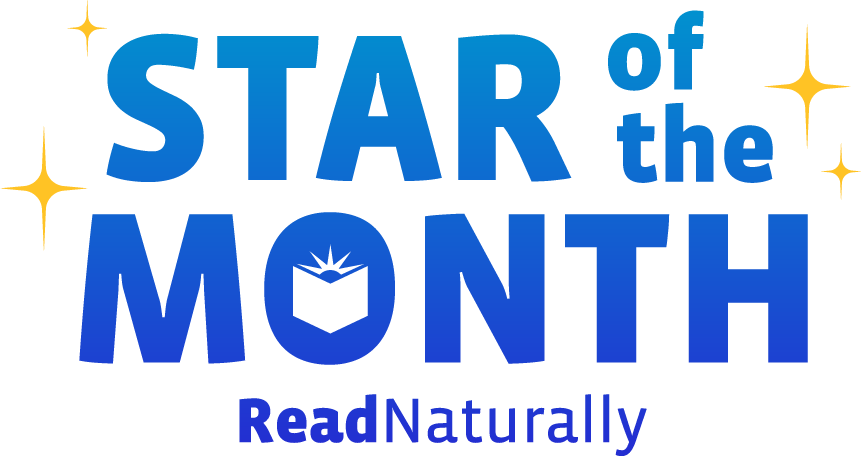Since the original study in 1989, independent researchers across the country have conducted well-designed control group studies using the Read Naturally strategy. These studies validate the effectiveness of the Read Naturally strategy on improving students’ fluency. A recent study published in the National Forum of Educational Administration and Supervision Journal (Volume 28, Number 1) is no exception. This study, entitled “Response to Intervention: Increasing Fluency, Rate, and Accuracy for Students at Risk for Reading Failure,” conducted by Drs. Christine Tucker and Don Jones, concluded that at-risk students using a Read Naturally intervention made significantly greater gains than at-risk students receiving only general reading instruction.
Read more If you've ever completed the Read Along step of the Read Naturally strategy with a student, you've probably noticed that the narrator reads the stories slowly. Some teachers have wondered if this rate is too slow. After all, our goal is fluency. Shouldn't the stories be modeled at a rate that matches the speed of normal conversation?
Not exactly. When designing the Read Naturally program, Candyce Ihnot did extensive research into modeled reading rates for developing readers. She discovered from published studies, as well as her own experience, that slower rates resulted in improved accuracy for students.
Read more Do you ever feel like you’re assessing all the time? You’re assessing the weather and the traffic. You’re assessing what to say and how to teach. You’re assessing all the information that comes across your desk and computer screen. You’re even assessing whether or not to continue reading this post, aren’t you?
Oh yeah, and you’re assessing your students. There are benchmark assessments, progress monitoring assessments, and Read Naturally-specific placement assessments. What’s the difference? Is anyone confused?
Read more We are pleased to feature Karen Hunter as a guest blogger today on RN Bookmark. Before becoming Read Naturally’s Director of Curriculum & Professional Development in 2007, Karen was a reading specialist, special education teacher, and teacher trainer for 30 years in California. There she developed a passion for teaching the crucial and often difficult skill of spelling to struggling students. Bringing her expertise to Read Naturally, Karen was instrumental in the development and management of our spelling product, Signs for Sounds. In this post, Karen shares information on the importance of teaching spelling. She includes resources that will help you evaluate your current spelling curriculum or a new program you might be considering.
Read more As you know, fluency is a complicated skill to teach. This is because fluency itself is highly complex. Therefore, setting aside time to deepen your knowledge of this skill is important. When you understand the ins and outs of fluency, you will be more effective in helping your students master this key component of reading success.
Read more Over 20 years ago, when Candyce Ihnot was working toward her master’s degree in Special Education, she grappled with the question of how to keep her students motivated. She had read the research and asked the experts, but her most meaningful answer came from her daughter Claire, a competitive swimmer. “Claire, how do you stay motivated to swim all those laps?” Candyce asked one day after practice. Claire looked at her mother as though the answer was obvious. “My coach times me,” she said.
Read more  Share your student’s success story—nominate him or her for our Star of the Month award. Win a Barnes & Noble gift card for the student and a Read Naturally gift certificate for your class!
Share your student’s success story—nominate him or her for our Star of the Month award. Win a Barnes & Noble gift card for the student and a Read Naturally gift certificate for your class!